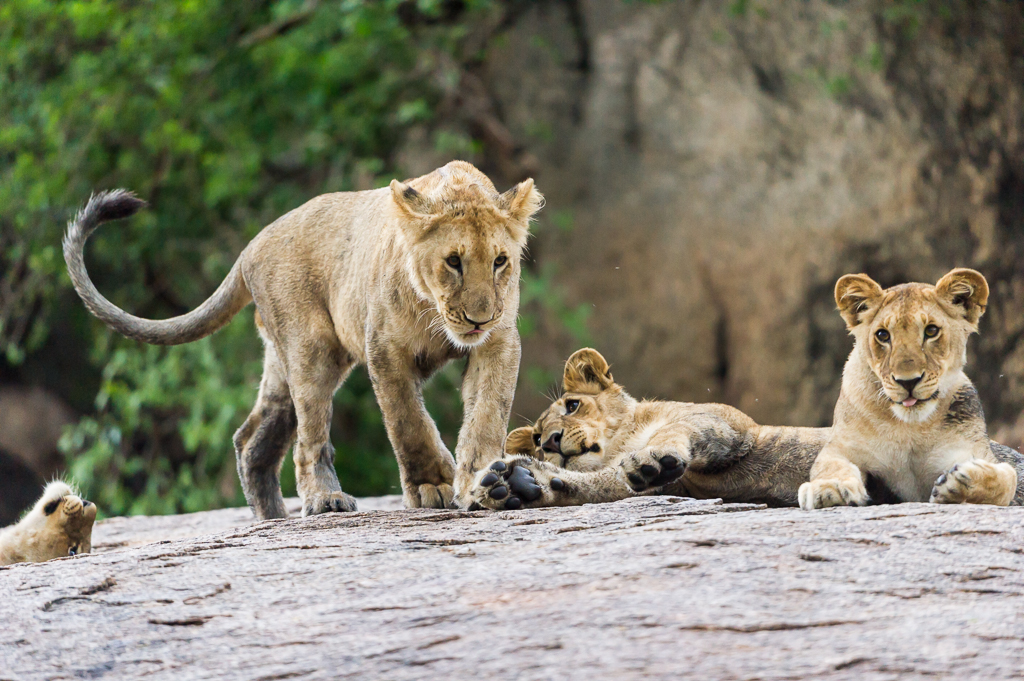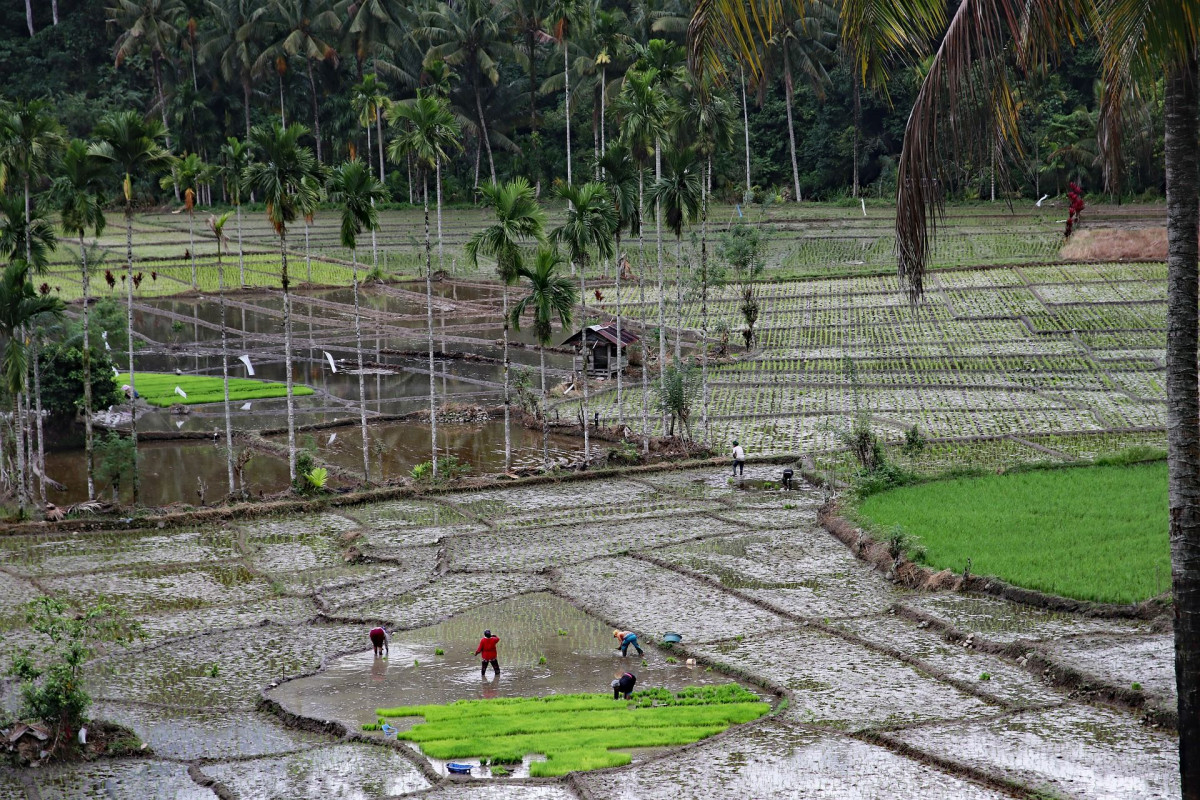IUCN Director General's Statement on World Wildlife Day
World Wildlife Day provides a poignant opportunity to reflect on how to ensure peaceful coexistence between humans and wildlife – including the world’s most charismatic predators.

Photo: © Cheryl-Samantha Owen
The advancement of humanity has come at the expense of almost all other species. Today, the human race is at the root of the ongoing sixth mass extinction, causing damage to nature on a scale comparable to the forces that wiped out the dinosaurs 65 million years ago.
The dramatic decline in populations of big cats – the focus of this year’s World Wildlife Day – is symptomatic of this loss. The lion population has nearly halved in the last two decades; cheetahs have gone extinct in 29 countries; and 80% of the world’s tigers have vanished from the wild over the past three tiger generations, or 21 years.
We are facing the very real possibility of seeing these titans of nature go extinct in the wild in our lifetime, on our watch.
To prevent the irreversible, we must work with the people living closest to these magnificent, but dangerous predators. Communities across Africa and Asia are the ones who face the threat of attacks by lions, tigers or leopards on humans and livestock as these animals’ habitats shrink. They are also the ones whose engagement is key to halting the decline in big cat species.
The good news is that solutions exist, and a future where wildlife flourishes alongside humanity is in sight. IUCN plays a critical role in bringing governments, civil society and businesses together to conserve big cat species while supporting sustainable livelihoods for local people.
From developing predator-proof fencing and setting up agricultural plots outside of big cat habitats to providing training for wildlife tourism initiatives, IUCN is working with local communities to enable their peaceful coexistence with these species.
The success of conservation projects in turn depends on solid science such as that provided by The IUCN Red List of Threatened Species™, which assesses the conservation status of 56 species and sub-species of cat. Coherent networks of conservation areas are also vital. From the Bengal tiger in the Chitwan National Park World Heritage site to the African lion in the Serengeti National Park, IUCN is helping countries and communities effectively designate and manage World Heritage sites and protected areas.
For millennia, big cats have been integral to the landscapes they inhabit and they remain essential to the complex and fragile web of life upon which we all depend. Healthy habitats also provide important services to communities, from regulating water catchments to providing pollinators for agriculture. If our top predators vanish, the consequences will be felt in ways that we still do not entirely understand.
Today, we must reflect on how we want to shape the world we live in. If we continue to decimate the rich diversity of wildlife we share this planet with, the consequences could be profound – also for our own species.



